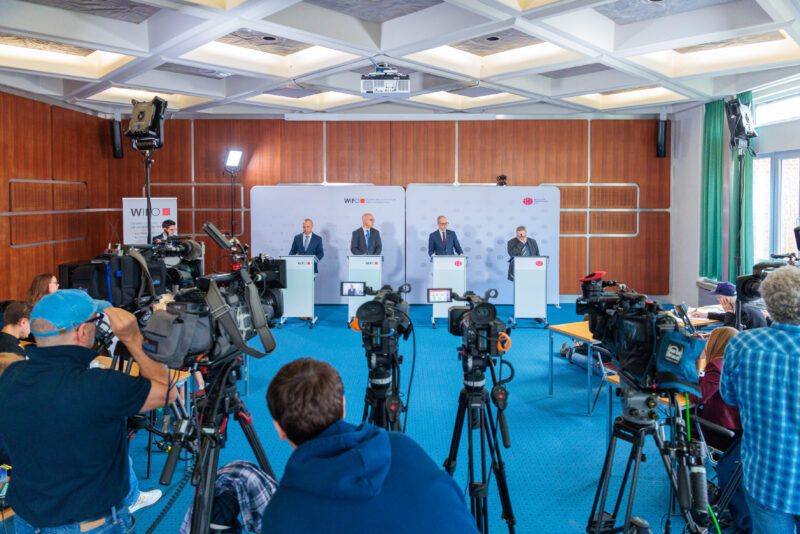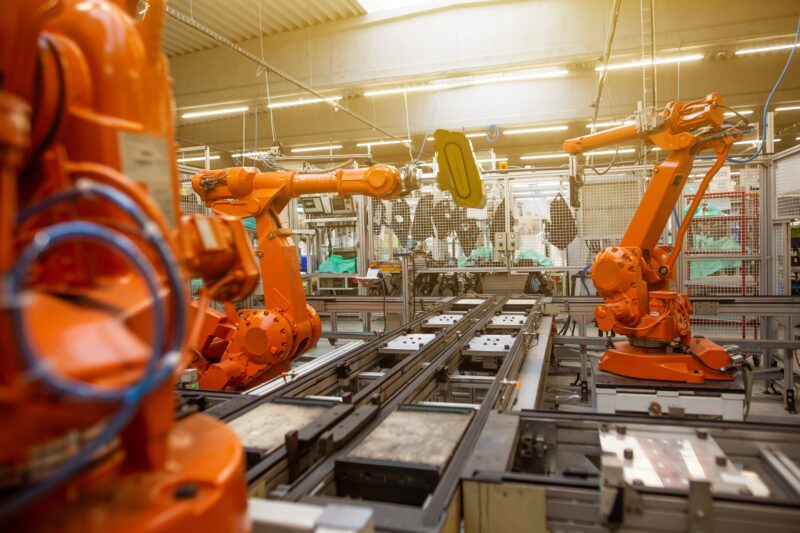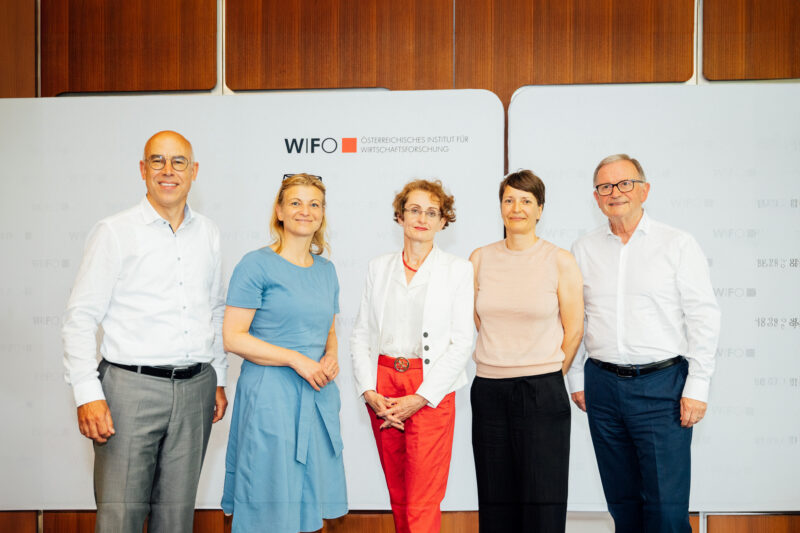
Deep, but Short Recession in Austria
"The extensive restrictions imposed in order to limit the spreading of COVID-19 infections have triggered a global recession. In Austria, this is the deepest recession since World War II, as a result of the simultaneous incidence of a negative supply (lockdown) and demand shock (restraint of consumption and investment spending, severe drop in foreign demand)", says Christian Glocker, the author of the latest WIFO Economic Outlook.
The massive restrictions imposed in order to contain the spreading of COVID-19 infections have triggered a global recession. Within a few weeks, the economic outlook has changed fundamentally. The stepwise withdrawal of the containment measures will allow economic activity to resume. Since the rebound is deferred in time across countries and regions, the adverse effects of the pandemic on the world economy are protracted, making for a hesitant global recovery.
In line with the global economy, Austria slipped into a recession that, although essentially confined to the first half of 2020 and thus rather short, is extraordinarily severe. By now, the trough should have been passed and activity is heading up; still, the further trend is subject to high uncertainty. The main reason is the evolution of the pandemic, the required containment measures and their implicit economic repercussions.
After a fall by 7.0 percent in 2020, GDP is expected to rebound by 4.3 percent in 2021. While such a recovery would be vigorous by historical standards, economic activity by the end of the projection period would still fall short of its pre-crisis level. The manufacturing sector and market-related services (particularly transport, hotel and catering services) are shaping the profile of the slump on the supply side, exports, investment (notably in machinery and business equipment) as well as private consumption on the demand side.
The cyclical setback has a major impact on the labour market. The long-standing increase in employment abruptly came to a halt in March 2020 and unemployment rose markedly. Recourse to short-time work with the aim of maintain work contracts through the crisis in the interest of a subsequent speedy recovery, mitigate the adverse effects of the health-policy motivated measures on the labour market. The unemployment rate will nevertheless jump from 7.4 percent in 2019 to 9.7 percent in 2020. After an employment increase by 1.6 percent in 2019, WIFO expects a decline of 2.1 percent in 2020, while hours worked fall more sharply due to the short-time work option. With the expected recovery, labour market problems should ease during 2021.
Please contact
























